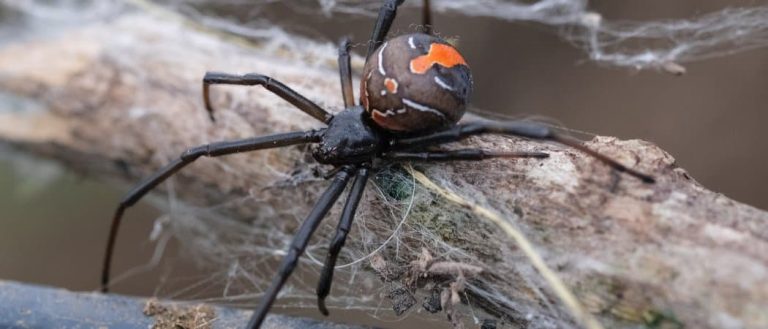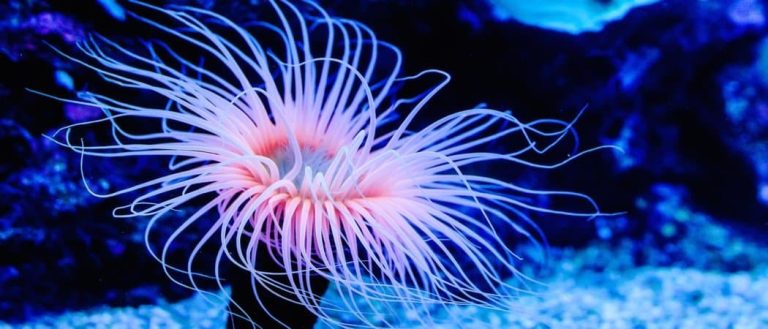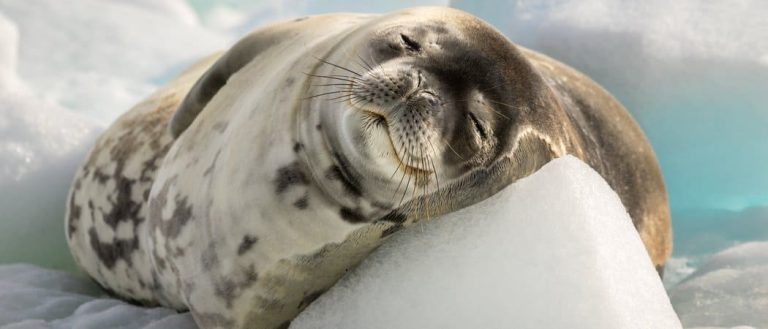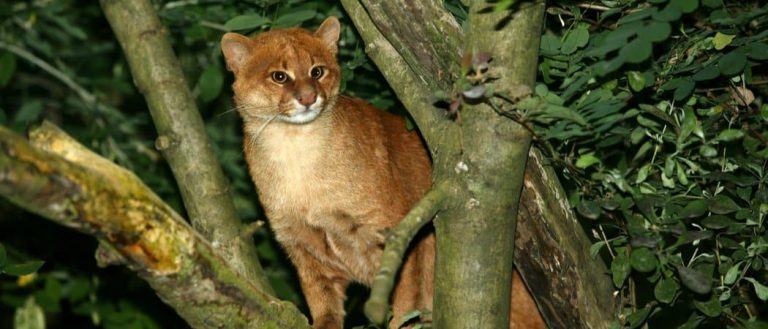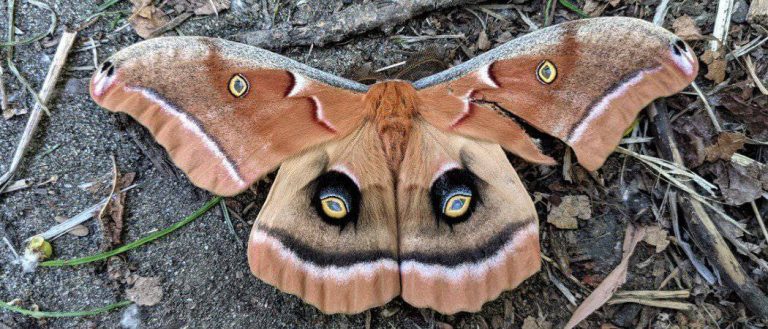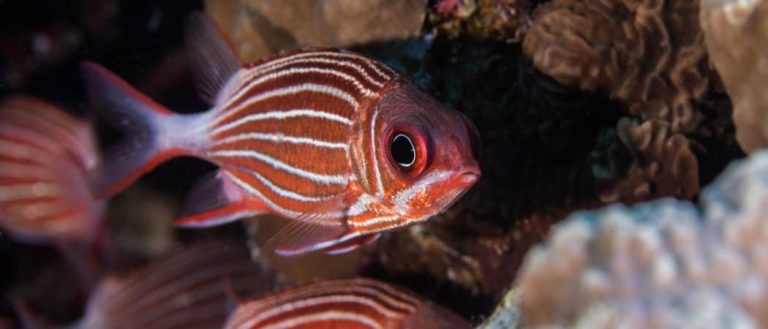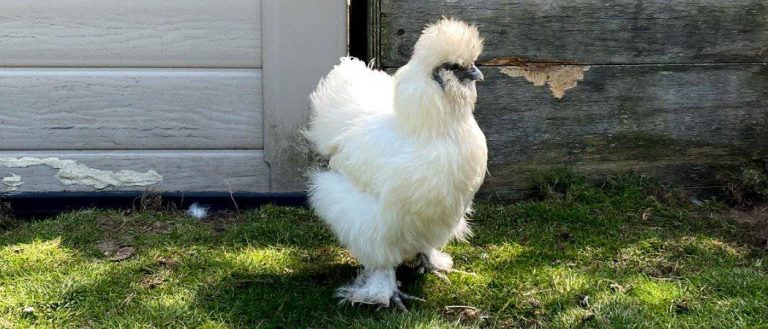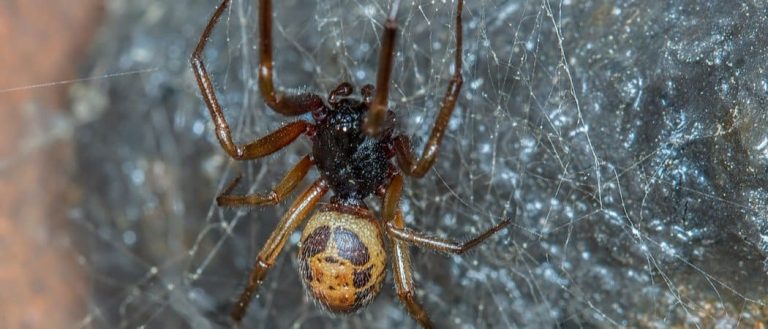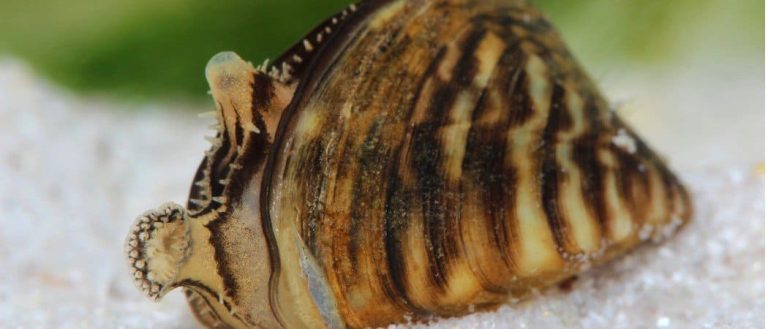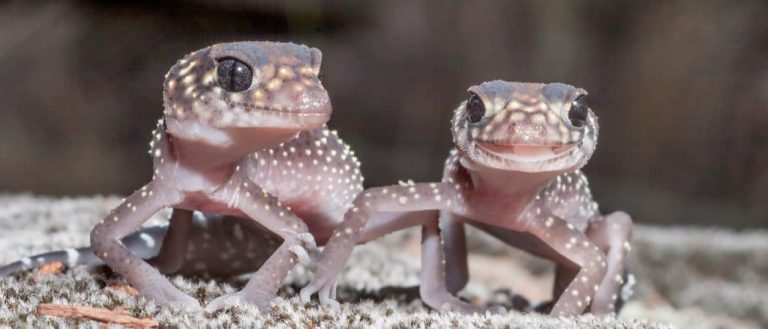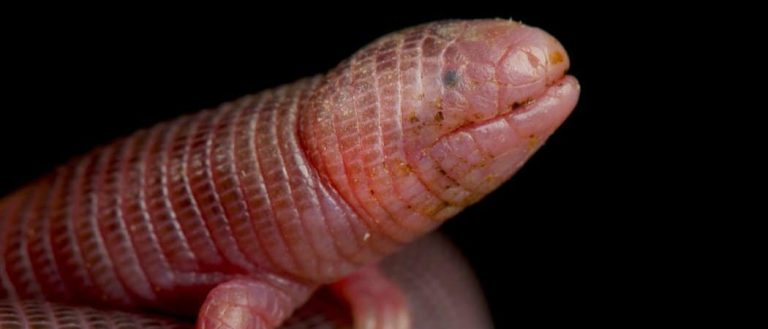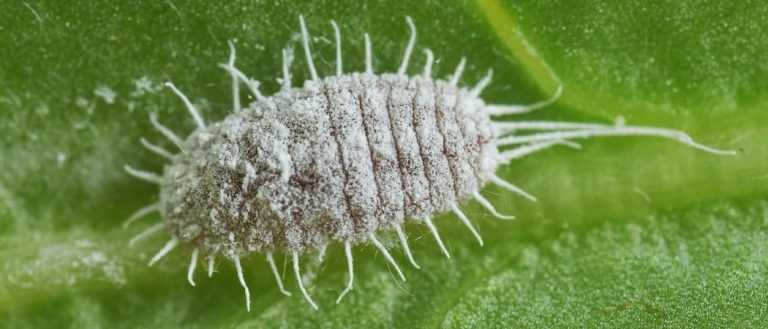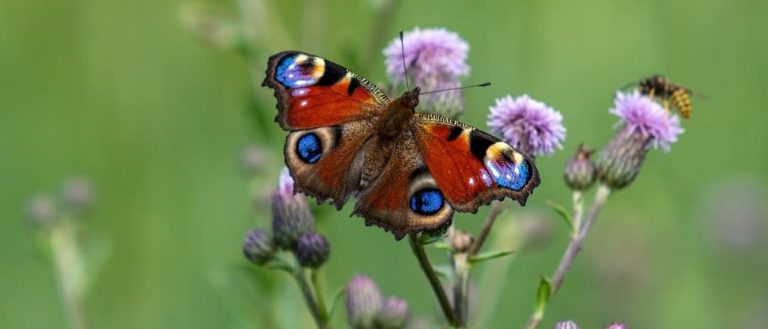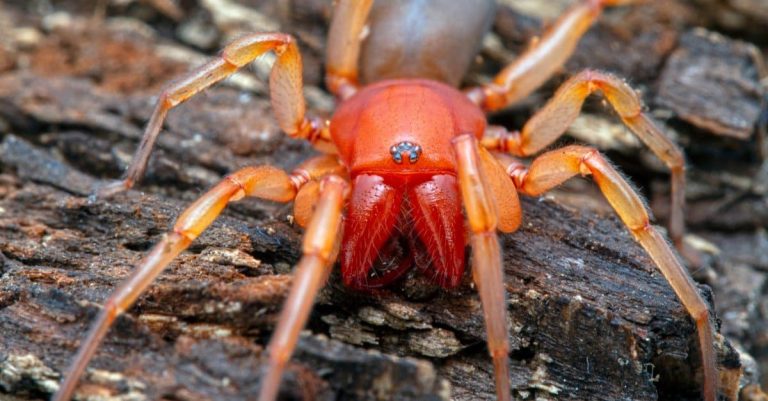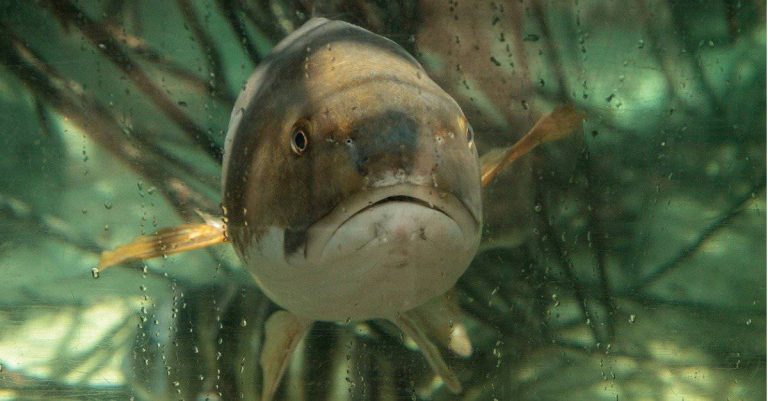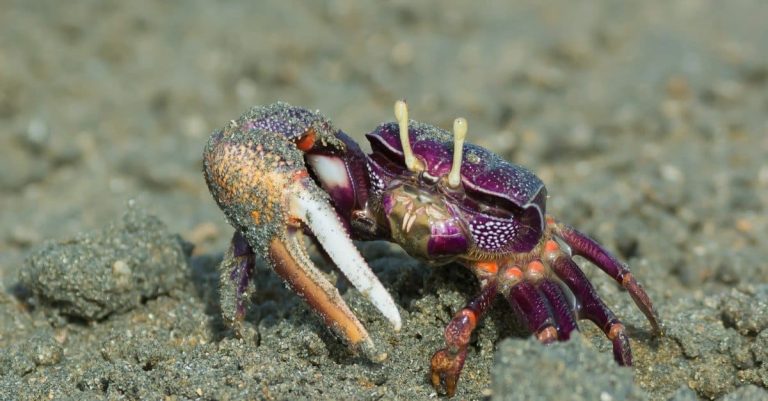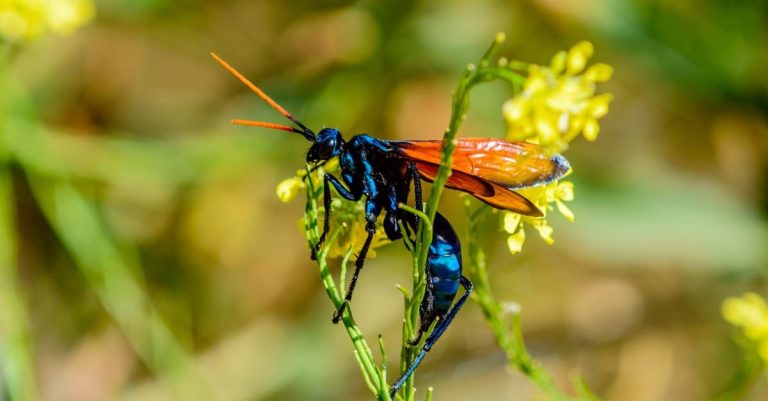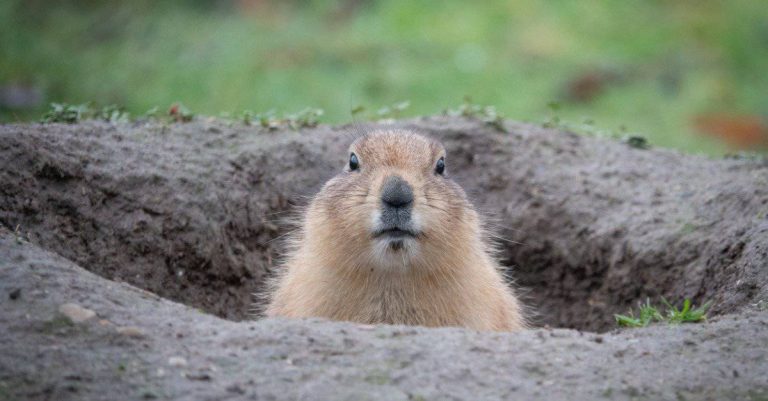Least Concern
Sea Anemone
Creatures have characteristics of both animal and plant
Crabeater Seal
The crabeater seal doesn’t actually eat crab at all, but instead krill
Jaguarundi Cat
These cats are expert swimmers.
Polyphemus moth
The Polyphemus moth doesn’t eat.
Squirrelfish
Uses vibrations to communicate with other fish
Silkie Chicken
Silkie hens are excellent mothers and will tid-bit food with her young. This means she goes over to the food or treats, has a bite, then calls the chick over to her to share. Silkie hens will raise any bird as their own and have been known to patiently sit on a clutch of duck or geese eggs until they hatch.
False Widow Spider
False spiders actually prey on black widow spiders and other hazardous spiders
Zebra Mussels
A female zebra mussel can deposit 30,000 to 1,000,000 eggs each year!
Australian Gecko
Geckos have 100 teeth and continually replace them.
Mexican Mole Lizard
They can break off part of their tail, but it will not grow back.
Mealybug
They have a symbiotic relationship with ants.
Peacock Butterfly
The eyespots on this butterfly’s wings deter predators from attacking.
Woodlouse Spider
Unlike most spiders, woodlouse spiders don’t build a web.
Hardhead Catfish
The hardhead catfish has a sharp spine near its fin to inject venom
Fiddler Crab
The fiddler crab gets its name from the motion the males make with their over-sized claw during the mating ritual.
Tarantula Hawk
Tarantula hawks are excellent pollinators, especially for milkweed.
Groundhog (Woodchuck)
They whistle to each other to warn of approaching danger!

